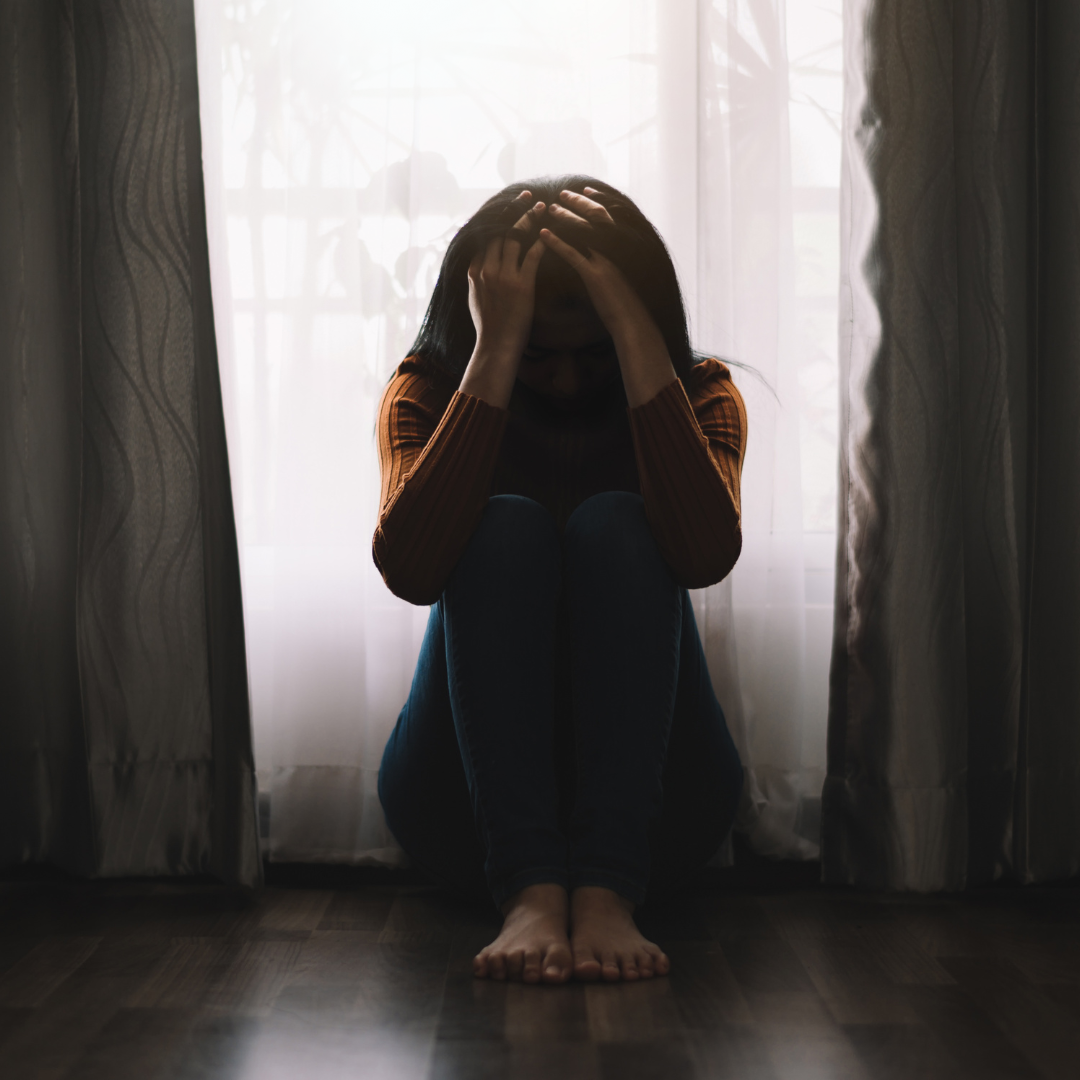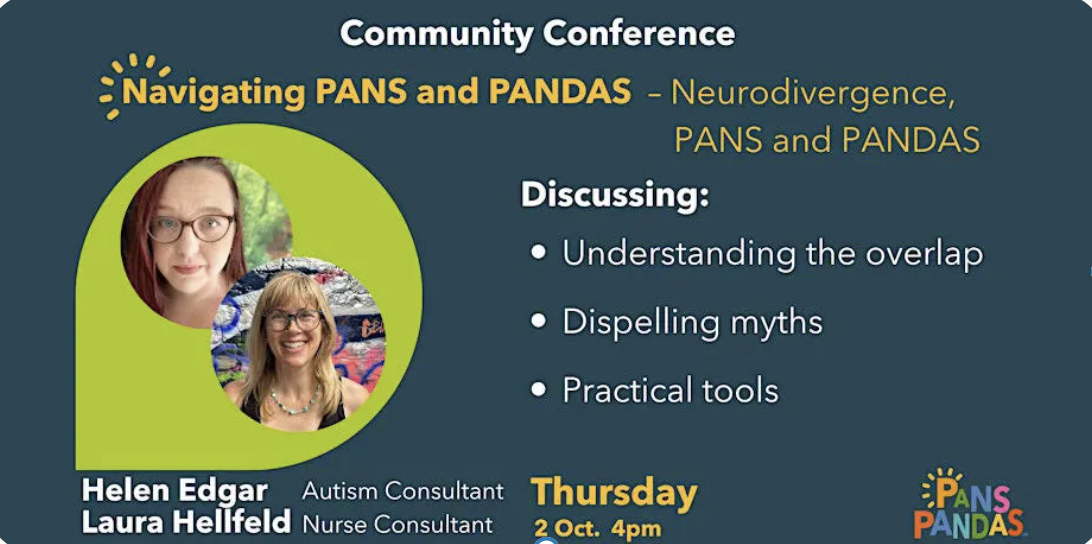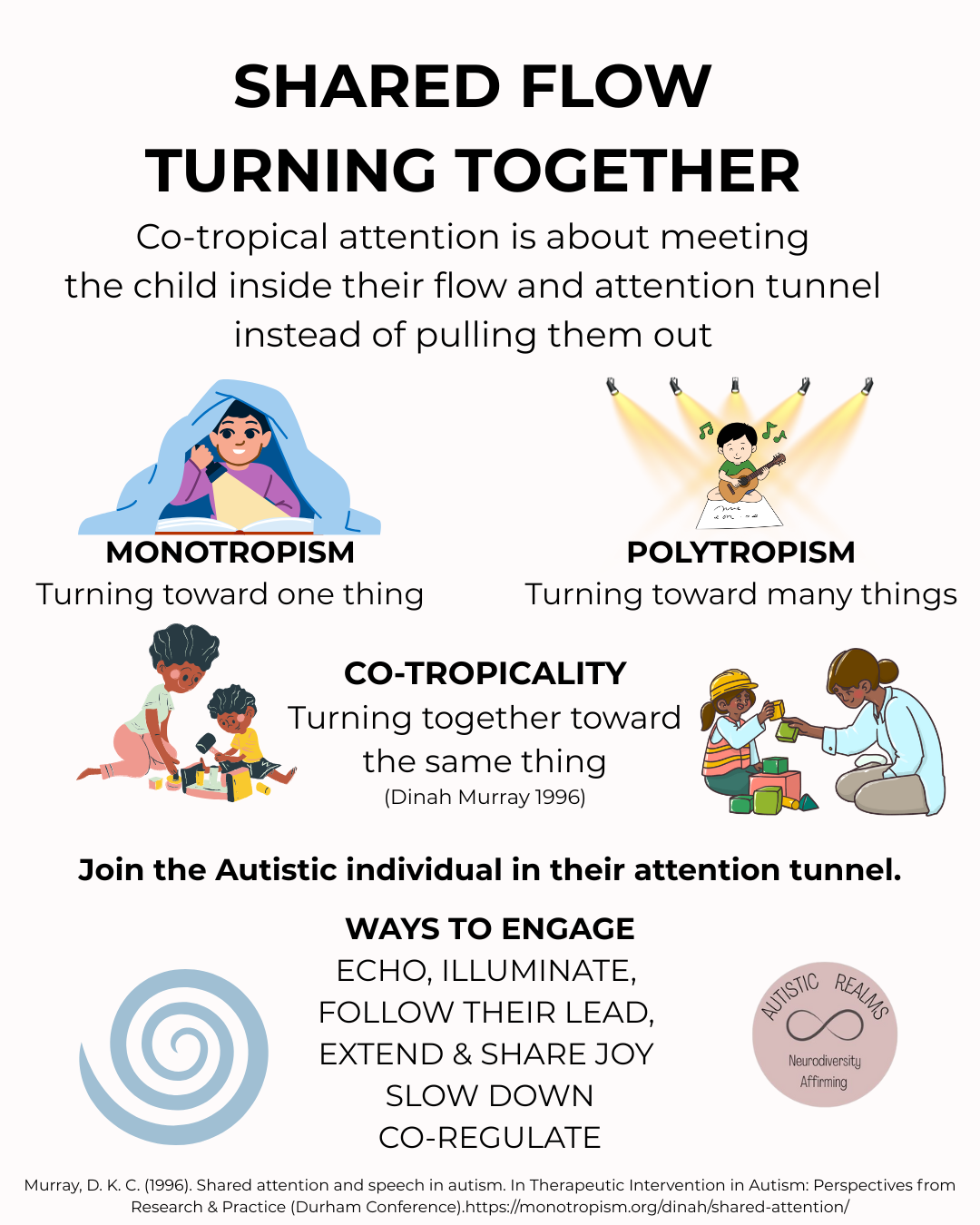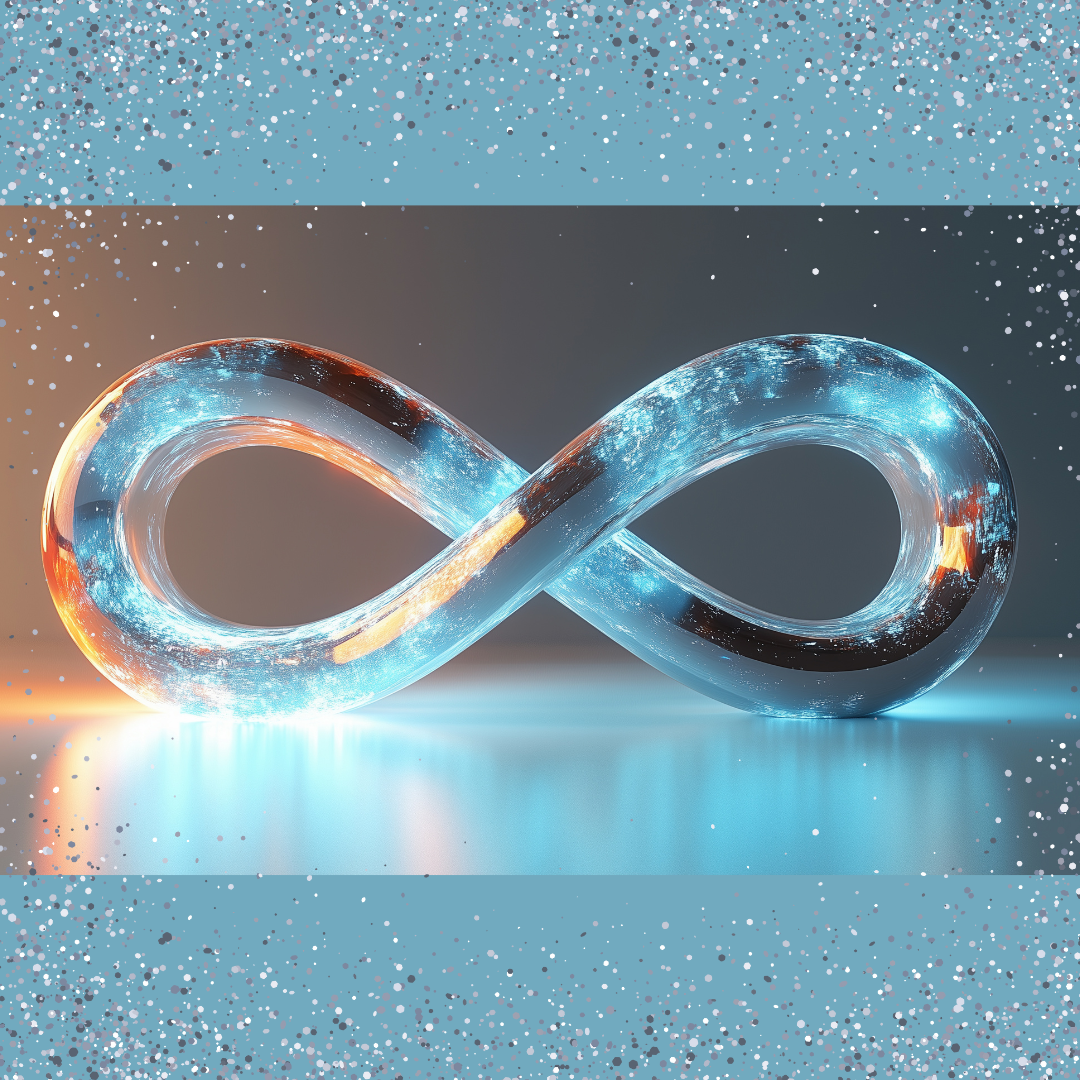Your basket is currently empty!

Reflections on the Autistic Mental Health Conference 2025
Reflections on the Autistic Mental Health Conference 2025
An interview between: David Gray-Hammond (Emergent Divergence) and Helen Edgar (Autistic Realms)
This has also been published on David Gray-Hammond’s Substack (3rd Sept 2025)
After the Autistic Mental Health Conference 2025, David Gray-Hammond asked me to reflect on what Autistic community means, why spaces like this matter, and how we can empower each other. What follows is a summary of my reflections and our conversation, shared here as part of the wider dialogue within our Autistic community.
Q1. What does Autistic community mean to you?
For me, the Autistic community is about finding places where we don’t have to explain ourselves, it is where I feel safer, better understood and more validated. So much of life outside the Autistic community feels like constant translation, adjusting, masking, or working out if it’s safe to just be ourselves. But within the Autistic community, there’s a naturalness, less of a double empathy problem and a sense of deep recognition that is really affirming and liberating.
One of the most powerful things about the Autistic community and events like the Autistic Mental Health Conference is that they help to redefine what belonging really feels like in a world that has denied that for so many of as as Katie Munday shared through their presentation. That collective feeling of recognition and feeling a part of something is healing in itself for me.
I see the Autistic community as existing on multiple levels:
- Spaces of deep acceptance – both online and offline—where people can choose to safely unmask, share and meet sensory needs openly, communicate in their own ways and know they’ll be accepted and understood.
- Connection across difference – Autistic community is rhizomatic. It’s incredibly diverse in terms of intersecting identities, communication styles, and varying needs. What connects us is not sameness but difference, a resonance that gives us points and nodes of recognition and safety across our differences.
- Collective knowledge-making—For decades, the Autistic community and the neurodiversity movement have been at the heart of shifting the deficit-based narrative around autism. Communities are not just spaces for support; they are also generative, and they produce knowledge, language, and frameworks that literally change and can save lives.
- A place of resistance – Against the backdrop of systemic ableism and mental health difficulties that disproportionately affect Autistic people, our community can become a site of survival and advocacy. The conference showed we are not just gathering to offer support, as amazing as that is, but we are collectively pushing back and demanding changes in systems that continually fail us.
- A sense of future-building – Autistic-led community spaces like this gives me hope. It’s where we can explore different ways of living, of relating and can re-create our own supportive environments and discuss what needs to change – and make those changes happen.
When I think of the Autistic community, it’s not just about finding “my people.” It’s about co-creating worlds where Autistic ways of being are celebrated, where we belong not in spite of difference, but through it collectively.
Q2. What is the importance of events like the Autistic Mental Health Conference to empowering the Autistic community?
The importance of events like the Autistic Mental Health Conference lies in the way they create spaces by Autistic people, for Autistic people. So often, conversations about mental health happen about us but without us, or they are framed through deficit-based medical models, which just perpetuate cycles of harm. At this conference, what struck me was how Autistic-led knowledge and lived experience were at the centre of everything, and that immediately shifts the power dynamic; it radically reframes everything when our voices,our ways of knowing, our ways of being really feel like they matter.
When Autistic people come together at events like this, it’s more than just people sharing stories, giving research updates or providing training opportunities; it feels like collective empowerment. The conference weaved together so many different threads of knowledge: personal, academic, activist, and creative, which is just not seen in other spaces. David Gray-Hammond spoke so powerfully about how Autistic mental health cannot be separated from systems of oppression and the risks that he had personally experienced that come from minority stress that harm people further. I think every speaker spoke about the importance of language, identity, and community in resisting these pathologising and discriminatory narratives. It became really clear through the conference that we need a radical shift and for people to really understand the roots and meaning of the neurodiversity movement to reframe and restory the deficit narratives and understand that this is a political issue.
The kind of knowledge-sharing that happened at the conference through the talks, Q&A and online chat is empowering as it validates what many of us feel instinctively but haven’t always had the words for. Tanya Adkin’s concepts of meerkat mode, monotropic split and the importance of the whole theory of monotropism being created by and for Autistic people are transformative – it has given me a unique language and ways of connecting with others that I didn’t have before, and that is amazing and was echoed by others throughout the conference – finally feeling heard and seen. I could feel that sense of connection, people feeling understood and a sense of community and belonging emerging in the chat I was facilitating as the day progressed.
Events like the Autistic Mental Health Conference empower us not just through information sharing but through connection, validation, collective action, and shared flow; they are a form of community care and the ripples of that stretch far. They remind us that while the world may still misinterpret or marginalise us, we are not alone, together we can create new ways of thinking about and supporting the mental health of Autistic people that are grounded in lived reality and solidarity.
There is a quote which I think is by Alice Wong in her book 2020 Disability Visibility anthology, which reflects this message really well:
“What I have always been hoping to accomplish is the creation of community. Community is magic. Community is power. Community is resistance.”
Q3. What can Autistic people do to find and empower their own communities?
When we talk about Autistic people finding and empowering their own communities, the first thing I want to acknowledge is that not everyone has immediate access to safe Autistic spaces. Many of us have grown up surrounded by misunderstanding, or even outright hostility, and the idea of “community” might feel abstract at first. However, one of the powerful things about the Autistic community is that it often finds ways to exist across multiple forms; online spaces, local groups, creative collaborations, and informal support networks, and this is something the Autistic Mental Health Conference was able to capture and build on.
I think one of the most important starting points for empowering yourself is seeking out Autistic-led spaces. There’s something really wonderful about being in a space where you don’t have to explain or apologise for your way of being. That could be through Autistic-run organisations, online forums, podcasts, or social media collectives and joining in Autistic-led conferences like this. We can empower our communities by centering mutual care and accessibility. That means creating spaces where stimming is welcome, communication is flexible, and participation is flexible. The format of this event worked well, as people were able to join in person, online, through text chat, or loop back and rewatch recordings later. Many conversations continued through social media platforms after the event.
I think the conference did a good job of highlighting intersectionality differences, which are often overlooked. Autistic community is not a single story, and it’s essential to uplift the voices of Autistic people of colour, Autistic LGBTQIA+ people, Autistic people with intellectual disabilities, nonspeaking Autistic people, and those navigating poverty, trauma, or other systemic barriers. Empowerment comes through recognising these differences and making sure our communities are truly inclusive.
Finally, I think empowerment also comes from collective advocacy. Autistic communities gain strength not only by supporting each other but also by pushing back against systems that harm us, whether that’s in education, healthcare, or employment. When we come together, our voices become harder to ignore, and we can begin to rewrite what support, inclusion, and justice look like for us. Finding and empowering Autistic community is about seeking out those affirming spaces, building connections, prioritising accessibility and care, embracing intersectionality, and recognising our collective power to advocate for change to support our wellbeing.
Q4. What was your biggest takeaway from the conference with regards to Autistic community?
My biggest takeaway from the conference was the reminder that the Autistic community is a living practice of survival, creativity, care and transformation. There is so much potential in what we can build together. What struck me most was the energy of connection throughout the day both at the inperson event and online. When Autistic people are given space together, something powerful happens, it is what Stimpunks call “created serendipity.” It’s the opposite of chance; it comes from noticing each other’s needs, recognising each other and holding space, and it generates even more power and potential.
The conference was a brilliant example created serendipity and a wonderful example of a community of practice in action; a space where everyone could contribute, understand, and share meaning in their own way. There was no gatekeeping, no hierarchy and advocates, professionals, parents, and community members all came together as equals. Communities of practice thrive through cycles of sharing, experimenting, reflecting, and adapting in ways like this, it is how real change can happen on both a personal and systemic level. It models the futures we long for, where belonging is not conditional, and where differences are celebrated and our needs are supported. For Autistic people, a community of practice means co-creating more sustainable ways of being, from rethinking education to reimagining healthcare and workplaces as reflected by the diverse range of presentations throughout the conference.
People brought perspectives from many countries, cultures, and identities. It underscored that while there is no single “Autistic experience,” there are common threads: the need for safety, the need for acceptance, and the need for spaces that honour difference instead of trying to erase or fix us. Our community is strongest when it embraces plurality, recognising neurodivergence as one part of the wider landscape of human diversity.
Most of all, I am left with a feeling of hope and inspiration from the conference. Burnout, trauma, and systemic barriers can make life as an Autistic person feel incredibly hard, but this conference showed what’s possible when we unite. The conference wasn’t just about mental health in the clinical sense; it was about collective survival, shared understanding, and building futures where Autistic wellbeing is not an afterthought or a pathologised.
The Autistic community is not only a source of comfort, it is a source of transformation. Events like the Autistic Mental Health Conference show that we are not isolated voices, but part of a collective already imagining and working towards better futures for us all.
The Autistic Mental Health Conference was more than an event. It was a reminder that Autistic community is resilient, generative, and transformative. When we come together, we show the world and ourselves that Autistic people are knowledge creators, organisers, and leaders. Community is where we resist deficit narratives, reclaim language, and reimagine futures centred on Autistic wellbeing.
As Alice Wong so beautifully put it:
“Community is magic. Community is power. Community is resistance.”
That magic was alive throughout the conference and it will keep rippling outward as we continue to create spaces that are ours, spaces of care, connection, and radical belonging.
Check out David Gray-Hammond’s Emergent Divergence website for more information about
Autistic Mental Health, neuro-affirming resources,
blogs and upcoming events.
Latest Posts
-
Autistic Burnout – Supporting Young People At Home & School

Autistic burnout in young people is real—and recovery starts with understanding. This post offers neuroaffirming ways to spot the signs, reduce demands, and truly support. 💛 #AutisticBurnout #Neuroaffirming #Monotropism #AutisticSupport
-
Monotropic Interests and Looping Thoughts

The theory of monotropism was developed by Murray, Lawson and Lesser in their article, Attention, monotropism and the diagnostic criteria for autism (2005). Monotropism is increasingly considered to be the underlying principle behind autism and is becoming more widely recognised, especially within autistic and neurodivergent communities. Fergus Murray, in their article Me and Monotropism:…
-
Map of Monotropic Experiences

Monotropism seeks to explain Autism in terms of attention distribution and interests. OSF Preprints | Development and Validation of a Novel Self-Report Measure of Monotropism in Autistic and Non-Autistic People: The Monotropism Questionnaire This map highlights 20 common aspects of my personal monotropic experiences. How many do you experience? Where are you on the map…
-
Autistic Burnout – Supporting Young People At Home & School

Being autistic is not an illness or a disorder in itself, but being autistic can have an impact on a person’s mental and physical health. This is due to the often unmet needs of living in a world that is generally designed for the well-being of people who are not autistic. In addition, three-quarters of…
-
The Double Empathy Problem is DEEP

“The growing cracks in the thin veneer of our “civilised” economic and social operating model are impossible to ignore”, Jorn Bettin (2021). The double empathy problem (Milton, 2012) creates a gap of disconnect experienced between people due to misunderstood shared lived experiences. It is “a breakdown in reciprocity and mutual understanding that can happen between people…
-
Top 5 Neurodivergent-Informed Strategies

Top 5 Neurodivergent-Informed Strategies By Helen Edgar, Autistic Realms, June 2024. 1. Be Kind Take time to listen and be with people in meaningful ways to help bridge the Double Empathy Problem (Milton, 2012). Be embodied and listen not only to people’s words but also to their bodies and sensory systems. Be responsive to people’s…
-
Autistic Community: Connections and Becoming

Everyone seeks connection in some way or another. Connections may look different for autistic people. In line with the motto from Anna Freud’s National Autism Trainer Programme (Acceptance, Belonging and Connection), creating a sense of acceptance and belonging is likely to be more meaningful for autistic people than putting pressure on them to try and…
-
Monotropism, Autism & OCD

This blog has been inspired by Dr Jeremy Shuman’s (PsyD) presentation, ‘Neurodiversity-Affirming OCD Care‘ (August 2023), available here. Exploring similarities and differences between Autistic and OCD monotropic flow states. Can attention tunnels freeze, and thoughts get stuck? Autism research is shifting; many people are moving away from the medical deficit model and seeing the value…
-
Monotropism Questionnaire & Inner Autistic/ADHD Experiences

Post first published 28th July 2023 Over the past few weeks, there has been a sudden surge of interest in the Monotropism Questionnaire (MQ), pre-print released in June 2023 in the research paper ‘Development and Validation of a Novel Self-Report Measure of Monotropism in Autistic and Non-Autistic People: The Monotropism Questionnaire.‘ by Garau, V., Murray,…
-
Penguin Pebbling: An Autistic Love Language

Penguin Pebbling is a neurodivergent way of showing you care, like sharing a meme or twig or pretty stone to say “I’m thinking of you,” inspired by penguins who gift pebbles to those they care about.
-
Navigating PANS/PANDAS & Neurodivergence

Our new PANS/PANDAS info-gathering templates help families, schools & clinicians understand the overlap between neurodivergence and PANS/PANDAS.
-
Shared Flow: Turning Attention To Support Children Together

Discover Dinah Murray’s concept of co-tropicality—turning our attention together. Explore how joining Autistic children in their flow builds trust, co-regulation, and deep relational connection through shared focus and joy.
-
Protecting the Meaning of Neuro-Affirming Practice

Discover what genuine neuro-affirming practice looks like — beyond tokenism and “neurodiversity-lite.” Explore how to protect the heart of the neurodiversity movement and uphold its community-led roots.













